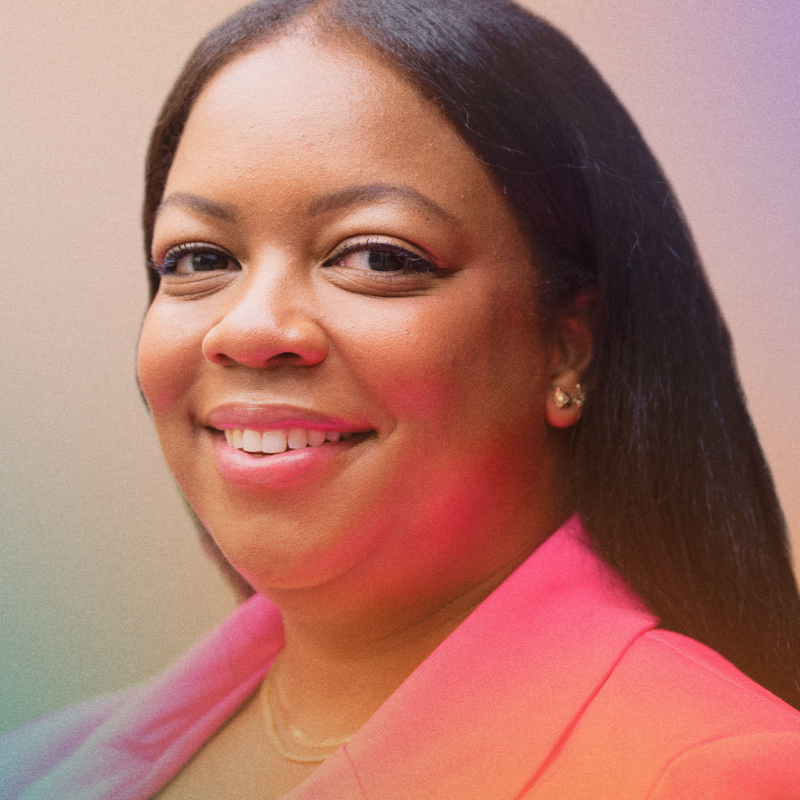Visualizing Mozilla Community
Without question, community participation is at the heart of what makes Mozilla work — and rock. But if you’ve ever tried to describe the multi-dimensional nature of the Mozilla community to someone less than technically inclined, you know it can be a challenge. Where do you start so they can get a feel for the scope of activity and breadth of contributions from people across the world?
What if there was a way to show people how the Mozilla project operates?
Visual designers and data engineers have built interactive visualizations of out of all sorts of Mozilla data –- here’s one charting Firefox 3 downloads over time, for example. Now we think it would be cool to create a visualization that attempts to demystify the collaborative process of making software, while celebrating our contributors. We’ve gotten some early input and design help from the talented team at Stamen Design, but to take this to the next level, we need your help.
An Open Call to Designers
If you’re a visual designer, data visualization guru, student or just interested in hacking on a cool project, join us to generate concepts and prototypes that build upon the LizardFeeder, a cool feed aggregator released earlier this year by Les Orchard.
As Les describes it, LizardFeeder brings together and archives different types of activity from across the far reaches of the Mozilla universe and spits them out in a single, dynamic stream. It’s pretty darn cool to watch on its own, but we’d love to further develop a design concept that is approachable, meaningful—or at least entertaining—to virtually anyone who sees it.
Got an Idea? Share it!
We’re looking for anything from design concepts or mock-ups to full-fledged prototypes. Anyone can submit a concept via the LizardFeeder feedback bug or sending mail to dbottoms at mozilla dot com. We’ll cull through your submissions between now and February 20, and reach out to those individuals or design teams who exhibit the creativity, originality and passion to take their ideas to fruition. We’ll then collaborate on building your visualization using the tools and technologies of the open web.
For more details behind this project, head over to my blog, or see one of the early prototypes posted on John Slater’s blog.


